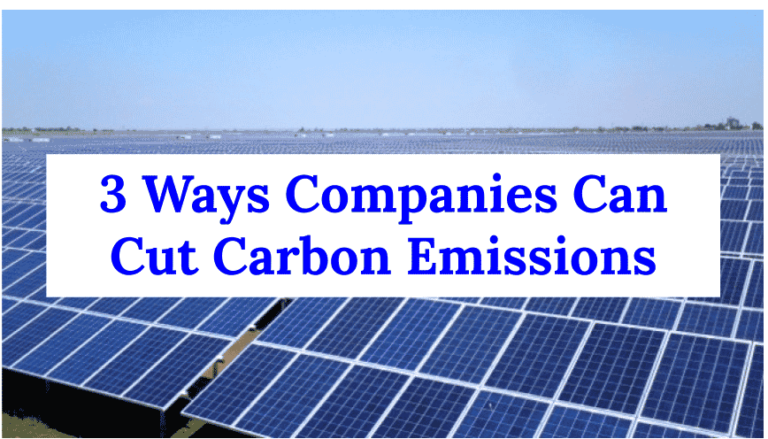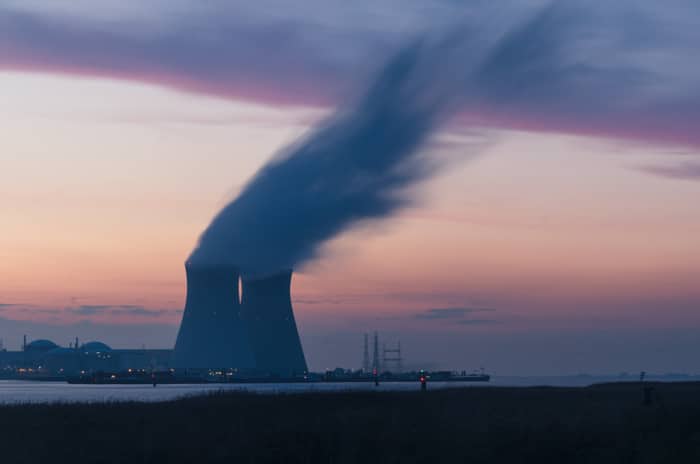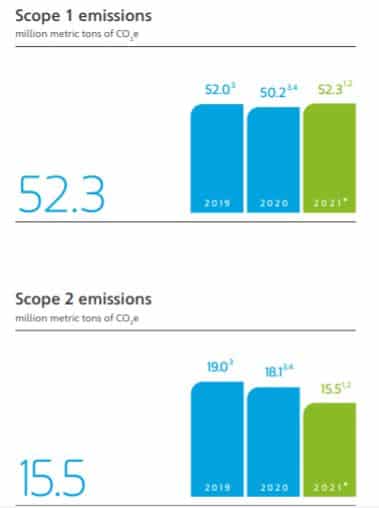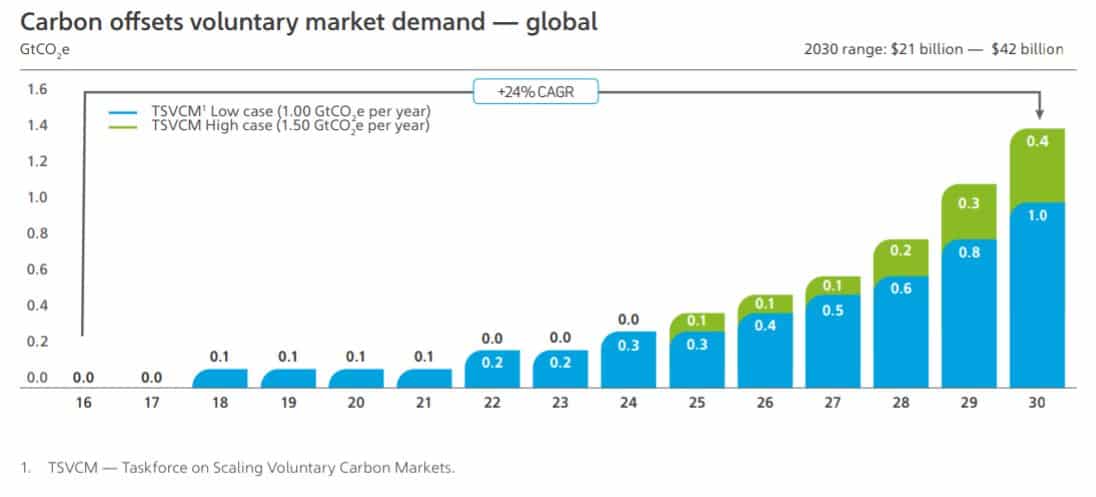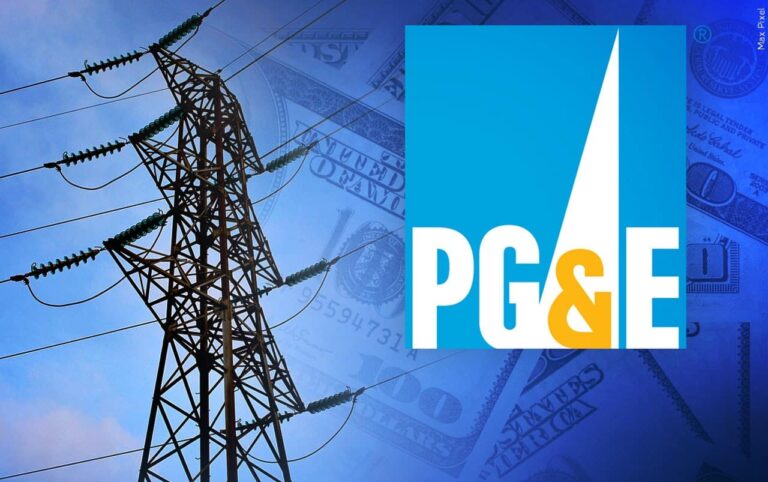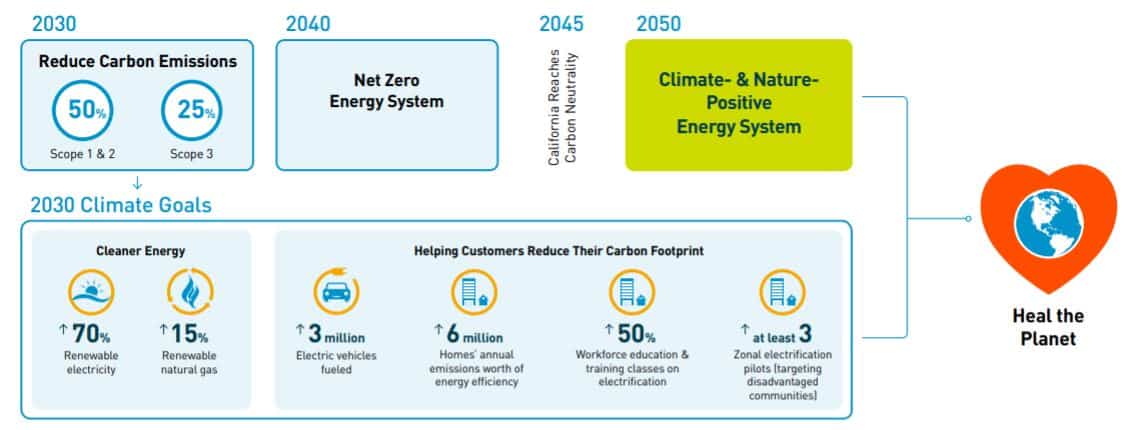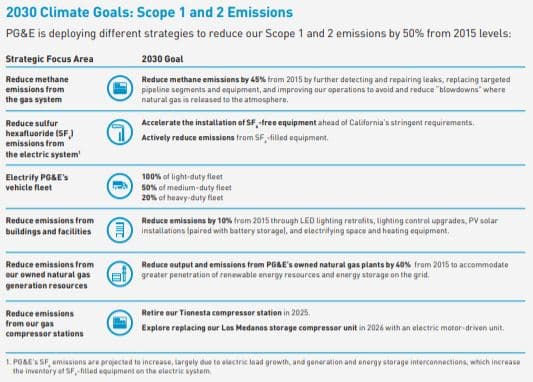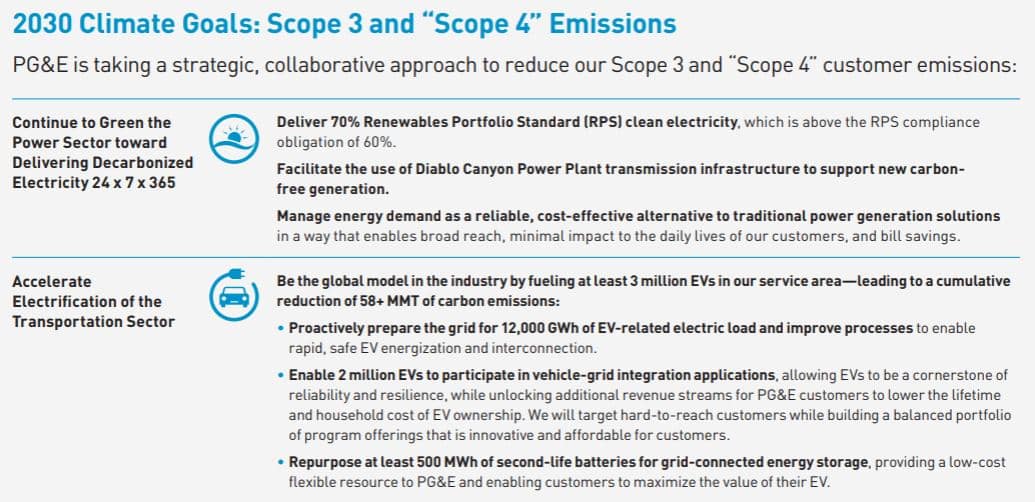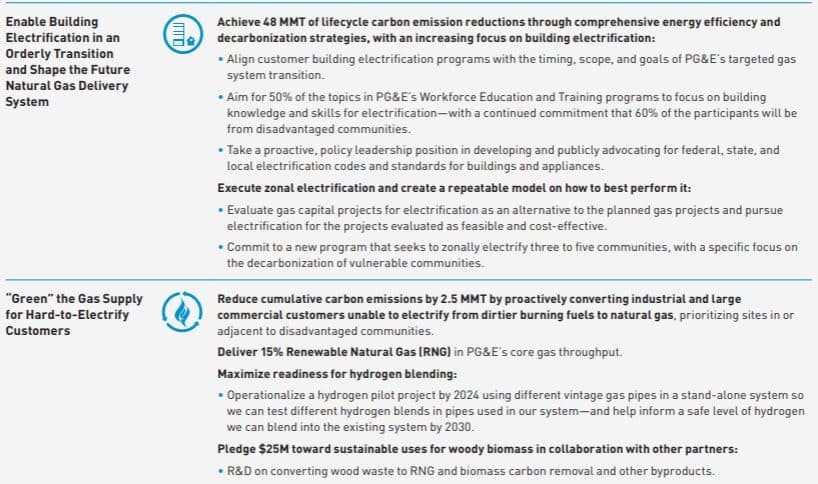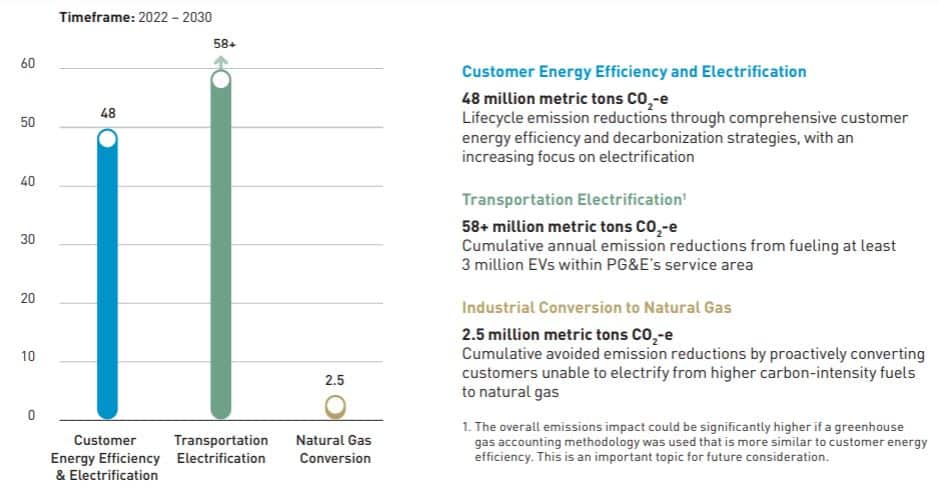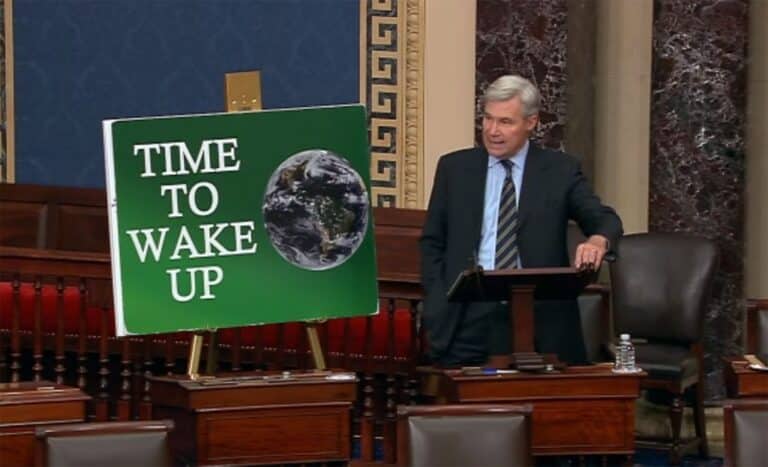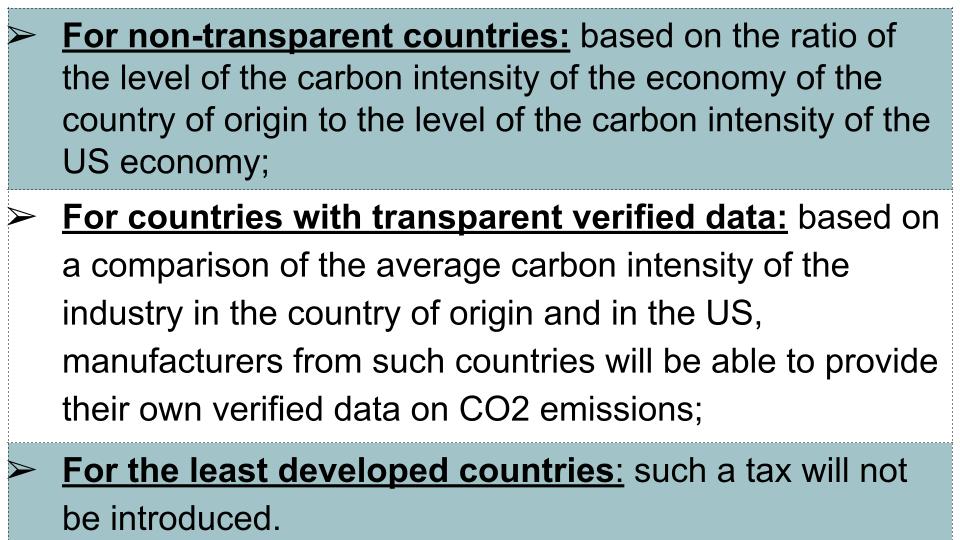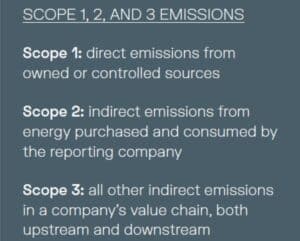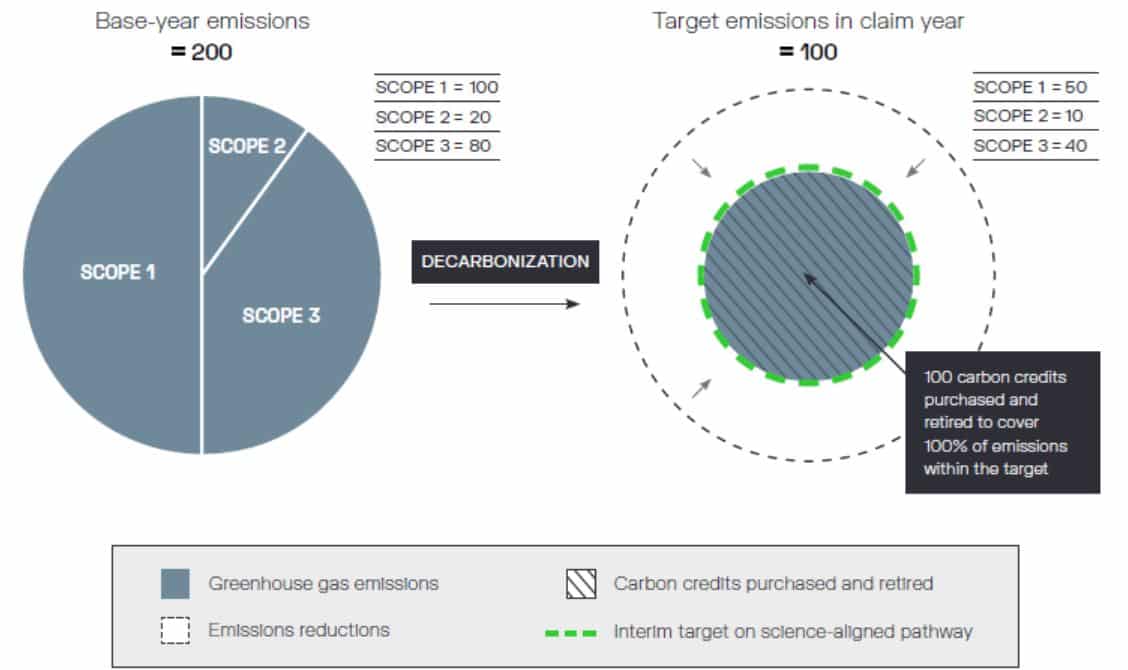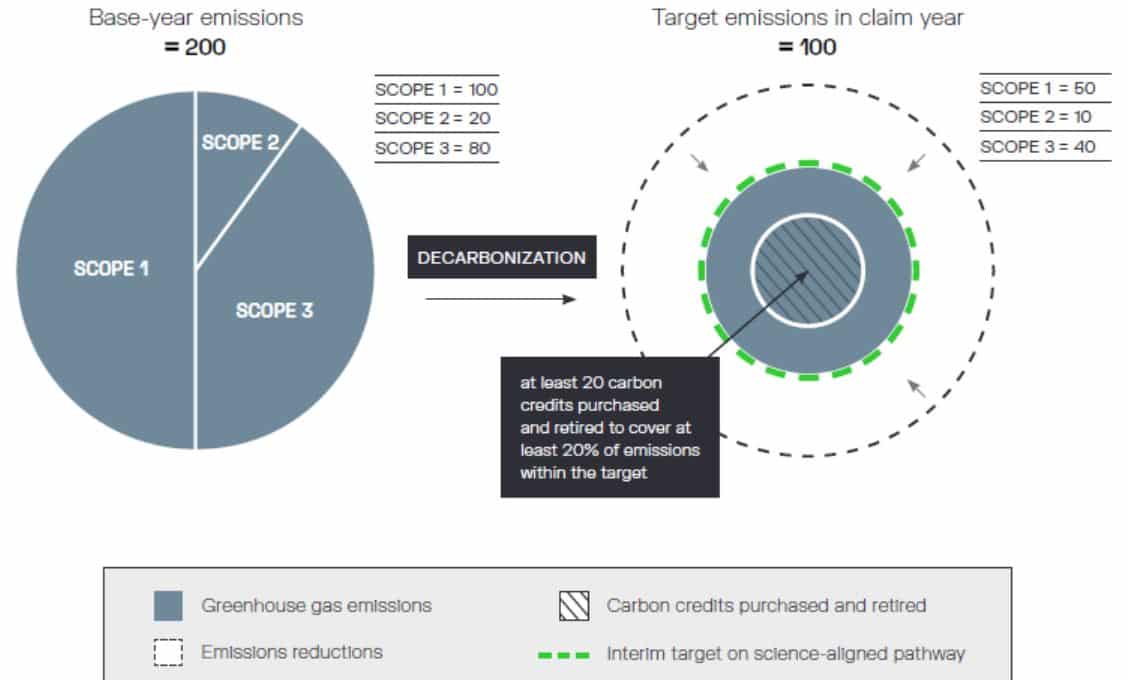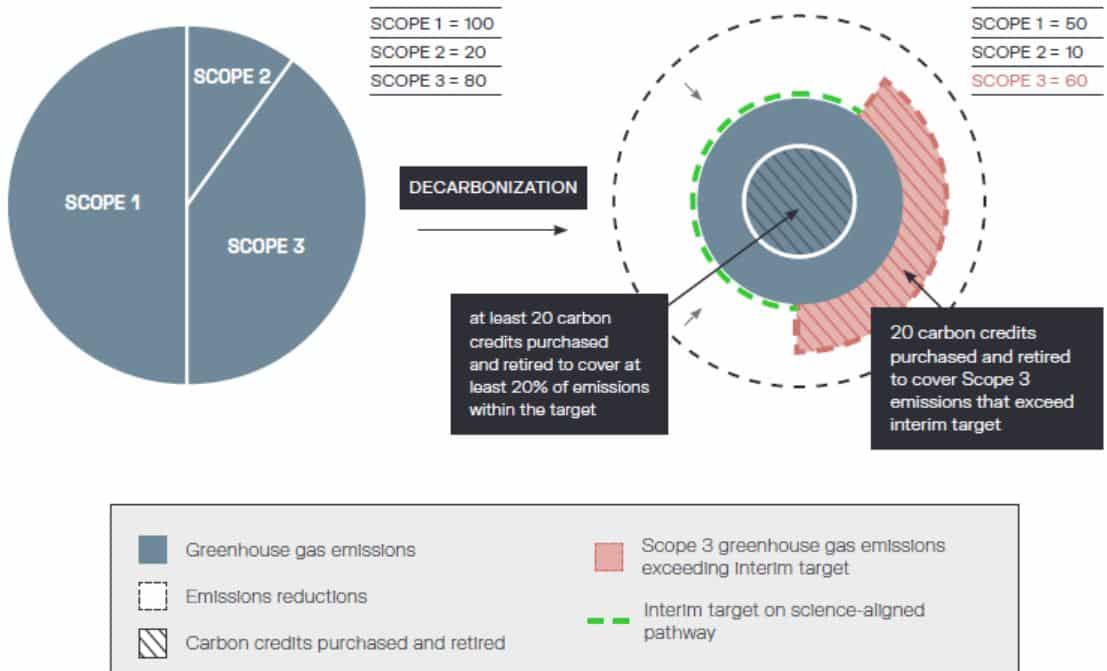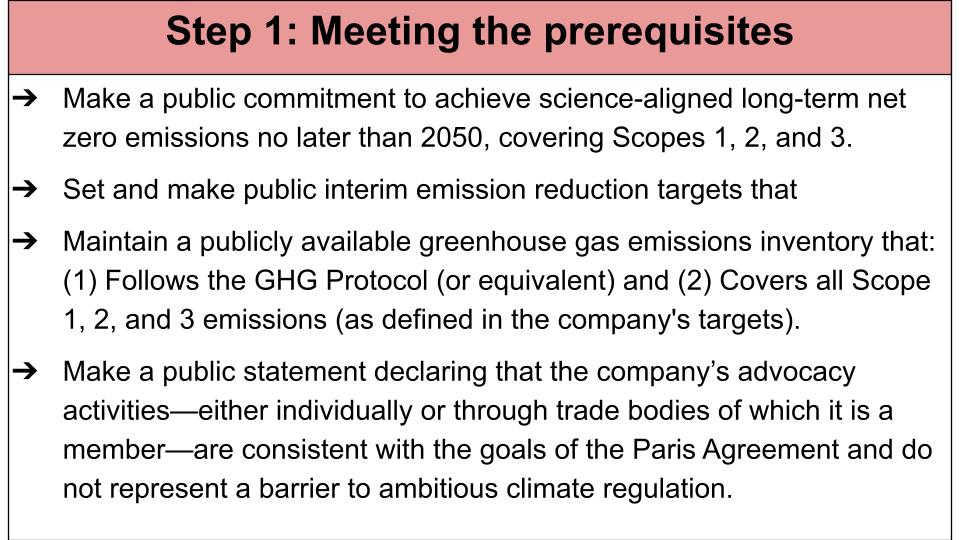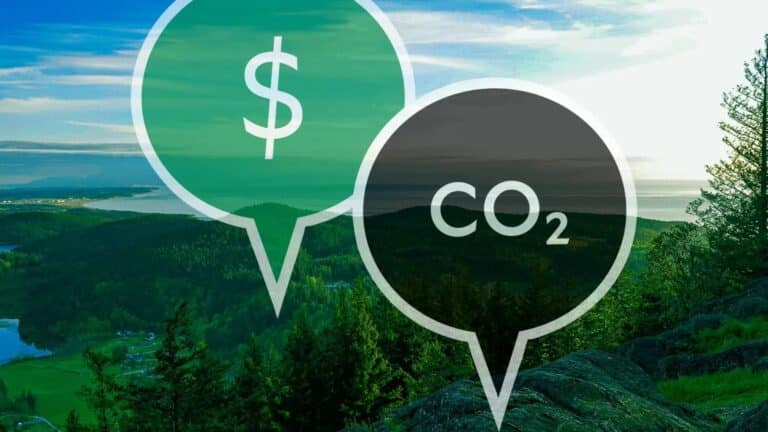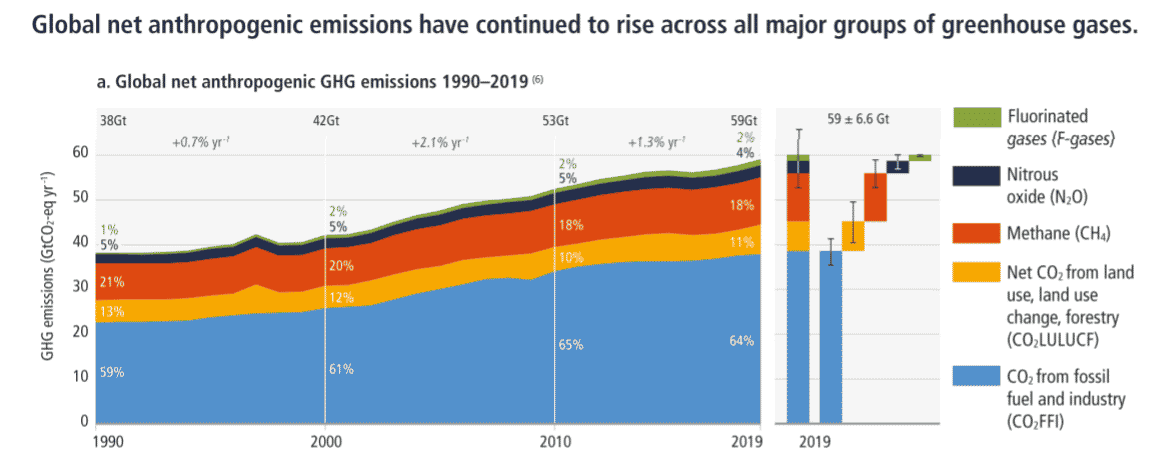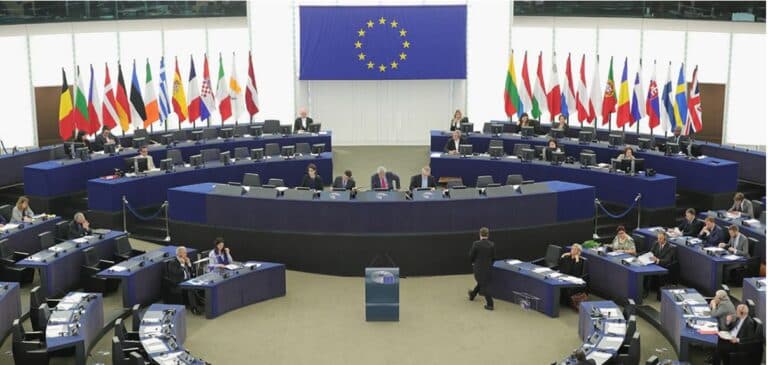In today’s hotter world, reducing carbon emissions has been the name of the game for everyone. So how does this apply to businesses?
An increasing number of companies are looking at ways to reduce their carbon footprint as climate change becomes a major threat to the earth.
There are over a thousand businesses that measured and reported their CO2 footprint. Most of them also set targets on how to cut down their emissions.
And if you’re also thinking about how your business can cut its own carbon emissions, then this guide will help you. You’ll learn the 3 best ways and some common initiatives under them that work in reducing corporate carbon emissions.
But first things first, why it’s a must to reduce emissions?
Why Companies Must Cut Carbon Emissions?
With mounting pressure from stakeholders and regulators, the number of firms finding means to reduce their emissions will rise even more this decade.
The effects of carbon and other greenhouse gas emissions from human activities are getting worst. Rapidly changing weather patterns and rising temperatures are undeniable. We can feel them.
Climate scientists can also measure them. In fact, the total GHG emissions we dumped into the air reaches 36.3 gigatonnes (Gt) in 2021 (up 6% from 2020 levels). They’re from CO2 emissions by energy combustion and industrial processes.
To make it clearer, the chart below plots the increasing trend of human-caused CO2 emissions from 1900 up to 2021.
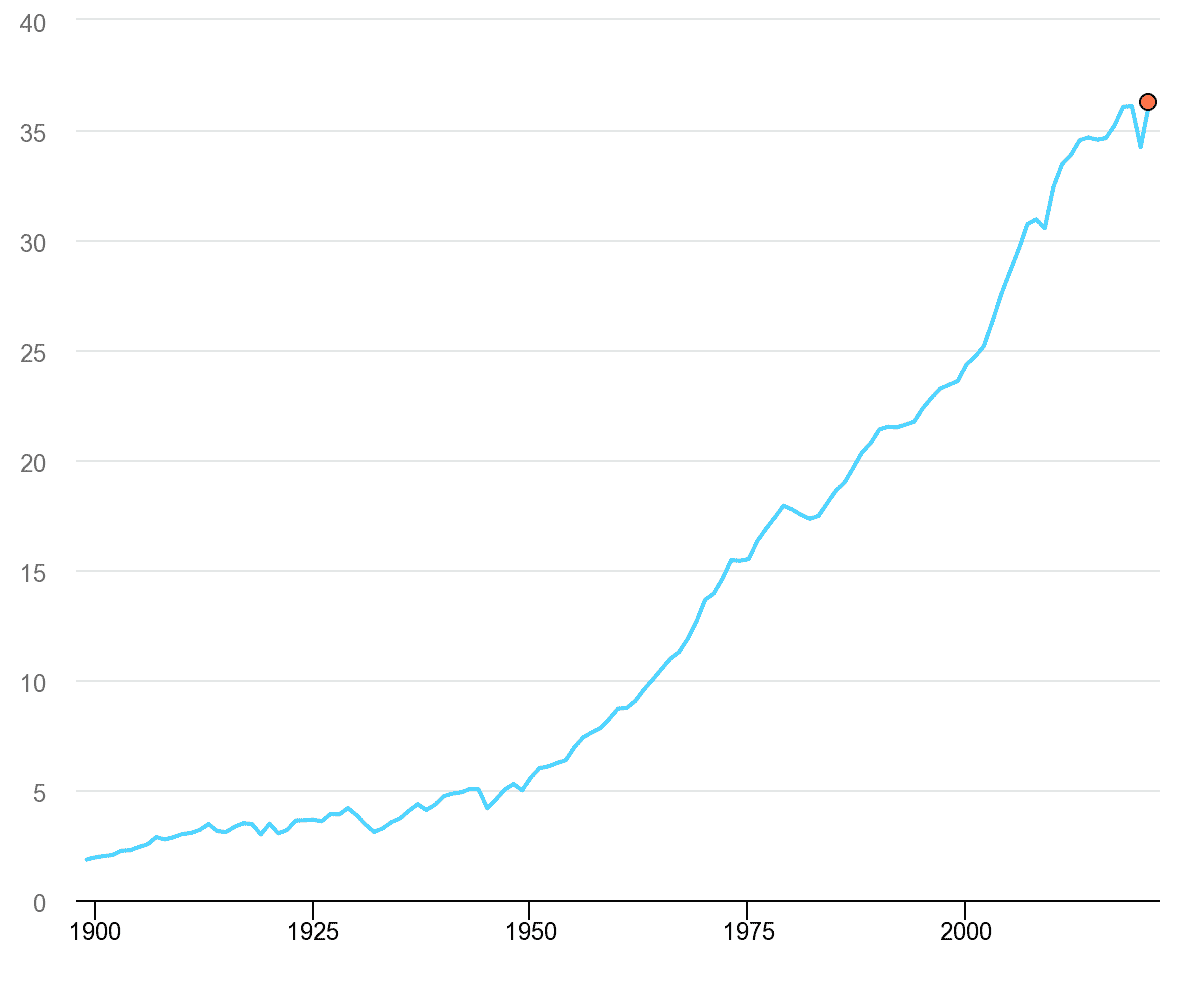
Carbon emissions have a lasting negative impact on our living environment. And if we do nothing about it, we’re putting the world at risk of immense climate effects.
So slashing emissions is critical, particularly for companies in the high emitting sectors. And so the Paris Agreement obliged businesses and governments alike to strive to reach net zero emissions by 2050.
Being at net zero emissions means the GHG emissions released by humans into the air are balanced by the emissions removed from the air.
In other words, getting to net zero means entities can still generate some emissions. But as long as they are offset by initiatives that reduce GHG already in the air. Otherwise, the world will see more severe weather changes and their drastic effects.
So, here are the top 3 tips that work for companies wanting to cut down their carbon emissions to fight climate change.
Option #1: Avoiding Emissions
Avoiding carbon emissions is different from reducing them. The former involves preventing carbon or its equivalent from entering the atmosphere while the latter means opting for ways that lower the amount of CO2 emitted.
Here are some of the widely used initiatives for businesses to avoid emissions.
Shifting to Renewable Energy
A big chunk of the greenhouse gases that blanket the Earth is due to energy production. In particular, it’s by burning fossil fuels to produce electricity and heat.
Fossil fuels like oil and gas are by far the largest contributor to climate change. It accounts for over 75% of global GHG emissions and nearly 90% of all CO2 emissions.
And so stopping the use of fossil fuels to generate electricity and power is a must for the world to cut back emissions.
-
Shifting to the use of renewable energy offers the best solution to that and there are great reasons why.
Renewable energy sources are abundant. Renewable energy sources – the sun, wind, water, waste, and heat – are available in all countries. Meaning businesses can easily tap them.
In fact, preferring renewable sources of energy can help companies deal with import dependency on fossil fuels. This is especially true in the case of European firms that heavily rely on oil and gas imports from Russia.
So companies will not only cut their carbon emissions but can also diversify their business economies.
Renewable energy is cheaper. Renewable energy also is the cheapest power option in most parts of the world today. In fact, prices for renewable energy technologies are falling rapidly.
The cost of electricity from solar power fell by 85% between 2010 and 2020. Meanwhile, costs of onshore and offshore wind energy are also down by 56% and 48% respectively.
Falling prices make renewable energy even more attractive for companies to invest in.
More importantly, cheap electricity from renewable sources can provide 65% of the world’s total electricity supply by 2030. It can also decarbonize 90% of the power sector by 2050, massively cutting carbon emissions.
Here’s how much GHG emissions are avoided by using renewable energy sources.
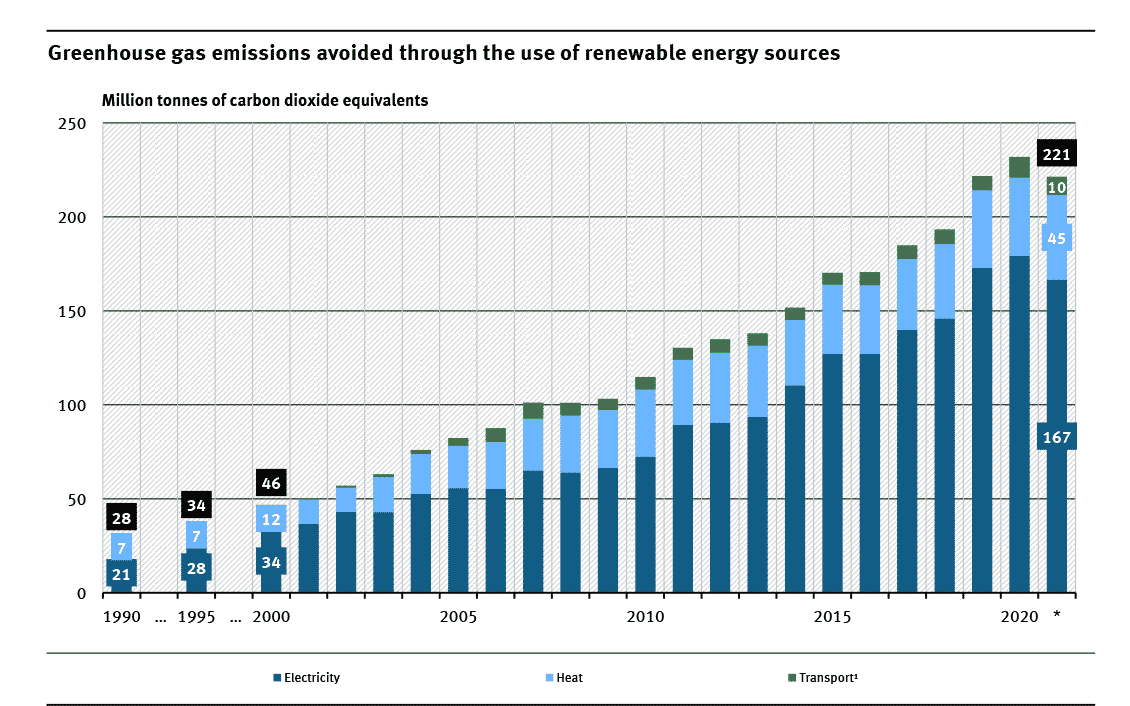
Billions of dollars were invested by large companies already transitioning their energy production using renewables.
Using Clean Hydrogen
Same with renewable energy use, clean or low-carbon hydrogen also plays a vital role in achieving corporate net zero emissions. It’s reflected in its growing share in cumulative emission reduction capacity, representing 6% of total cumulative emissions reductions.
Here’s the projected global hydrogen demand by sector in the Net Zero Scenario from 2020 to 2030 in metric tonnes.
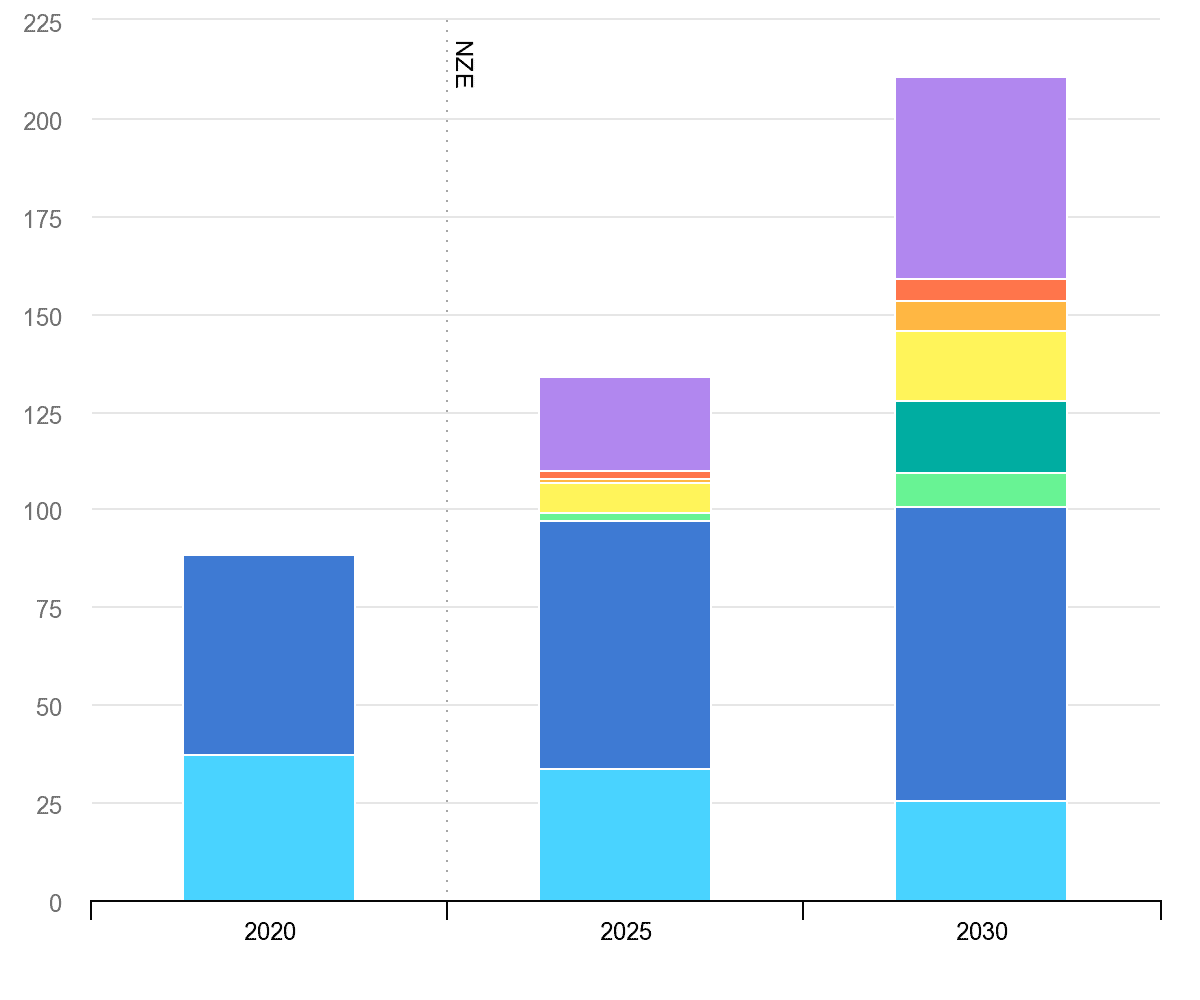

Currently, hydrogen is mainly used in the refining and chemical sectors. Clean hydrogen (produced using renewables), in particular, can help decarbonize firms operating in various sectors. These include companies in long-haul transport, chemicals, iron, and steel, where avoiding emissions is difficult.
Hydrogen can also support the integration of variable renewables in a firm’s electricity system. After all, it’s one of the very few options for storing to store electricity over days, weeks, or even months.
Scale-up will be crucial to bringing down the costs of technologies for producing and using clean hydrogen, such as electrolyzers, fuel cells, and hydrogen production with carbon capture, utilization, and storage.
Other CO2 Emission Avoidance Strategies
For other types of companies, reducing food waste in production is another proven way to cut carbon emissions.
Take for instance the case of Del Monte Foods that’s operating in the food industry. A big part of its net zero initiatives is reducing food waste which involves diverting over 25 million pounds of food from landfills.
Such effort can help avoid emissions. In fact, the EPA estimated that each year, food waste in the US alone represents 170 million tons of CO2e emissions. That is equal to the annual CO2 emissions of 42 coal-fired power plants.
So, a simple yet impactful way of cutting food waste also helps businesses in avoiding the release of CO2 into the atmosphere.
Option #2: Reducing Emissions
Improved energy efficiency has become a key component of corporate climate change and net zero strategies. Most companies pledge to double their energy productivity (dollar of output per unit of energy). This has the potential to save more than $2 trillion globally by 2030.
Large firms that give more attention to energy efficiency report billions of dollars in savings and millions of tons of avoided carbon emissions. Efficiency strategies can encompass internal operations, supply chains, products and services, and cross-cutting issues.
Usually, businesses can become more energy efficient by determining their overall carbon footprint first. Only then they can plan for ways how to cut back on their footprint accounting for huge emissions.
Some examples of how to reduce emissions through energy efficiency include:
- Making offices smarter (reducing scopes 1 & 2). This initiative involves using fewer resources and energy-efficient lighting and HVAC systems. It allows a company’s building offices to reduce their carbon footprint.
- Managing technology sustainably (reducing scopes 1, 2). An example of this is developing and delivering sustainable IT solutions. Areas to explore are e-waste recycling, maintaining energy-efficient data centers, and reducing physical infrastructure.
- Greening pantries (reducing scope 2). Stop single-use plastics in office pantries and ask workers to bring their own water bottles and mugs.
- Adding automation and other technologies that reduced waste and improve production efficiency. An example is installing a water recycling system that reduces energy and water use.
- Reducing packaging footprint. The goal of this initiative is to use lower pounds of materials for packaging while opting for a packaging design that uses more recycled materials.
Corporate energy efficiency strategies are most effective when they become an integral part of the firms’ strategic planning. And if the company invests substantial resources into efficiency measures.
Liquefied Natural Gas
With the world’s move to phase out fossil fuels, particularly that of the EU bloc, more attention is given to liquefied natural gas (LNG).
- LNG is by far the cleanest fossil fuel; it emits the least amount of CO2 into the air when combusted.
In the context of the current energy transition, LNG represents an excellent alternative fuel to reduce emissions and help combat global warming.
By opting for LNG – particularly for the industry and transport sectors – companies can significantly cut back their carbon emissions.
Major oil firms like Shell, Chevron, Total, ExxonMobil, and others have been considering using carbon neutral LNG.
In comparison with diesel, LNG provides the following reductions in various GHG emissions:
- a 25% reduction in carbon dioxide (CO2),
- an 80% reduction in nitrogen oxide (NOx), and
- a 97% reduction in carbon monoxide (CO) emissions.
Likewise, a thermal power plant fuelled by natural gas rather than coal can achieve these massive emissions reductions:
- an 81% reduction in carbon dioxide (CO2),
- an 8% reduction in nitrogen oxide (NOx), and
- a 100% reduction in sulfur (SO2) and fine particle emissions.
Estimates also show that LNG costs less than other fossil fuels. As such, the use of this fuel will be more widespread as firms strive to reduce emissions and reach net zero targets.
Companies in the aviation, logistics, and shipping industries will greatly benefit from preferring LNG over oil or coal.
Apart from LNG, firms can also use other alternatives like lower emissions fuel, biofuels, and bio components in making products. The goal may not be to totally avoid emissions but the amount of carbon and other GHG emitted is lower.
For business operations where carbon emissions are not possible, the last way offers companies a great option to deal with CO2 footprints: carbon offsetting.
Option #3: Offsetting Emissions
If avoiding or directly reducing emissions is not possible, companies can offset their footprint by buying carbon credits.
Carbon offsets are tradeable credits that prove that one ton of CO2 or its GHG equivalent has been removed from (or not released into) the atmosphere.
- One carbon offset = one metric ton of carbon or other (GHG).
Offset credits are available both in the compliance (regulated) and voluntary carbon market (VCM).
Offsets in the compliance market are born out of the laws mandating emission reductions. It’s managed by emission trading systems (ETS) such as the EU ETS.
On the other hand, offsets in the voluntary market are created through various projects that reduce or remove CO2 from the air. In 2021, annual credit generation in the VCM was a record $1 billion.
Firms can choose from different types of projects that produce carbon offset credits. Common examples include the following:
Carbon reduction offsets:
- Community-based energy efficiency: bio-based energy sources like biogas and clean cooking solutions.
- Renewable energy: replacement for fossil fuel energy sources (hydro, solar, wind, and geothermal).
- Forestry-based avoidance (REDD+): management and conservation of forests to cut emissions.
Offsets from carbon removal:
- Afforestation/reforestation
- Soil carbon sequestration
- Blue carbon habitat restoration
- Technological removal and storage/use
- Direct air capture (DAC) and storage/use
- Biochar
- Bioenergy with carbon capture and storage (BECCS)
Carbon credit offsets can also have co-benefits such as job creation, water conservation, flood prevention, and preservation of biodiversity.
To ensure the quality of the credits, third-party certifying bodies like Verra and Gold Standard verify the offset projects.
There are numerous top carbon exchanges that companies can tap to buy credits to offset their emissions. The exchanges work the same way as different stock and commodity exchanges.
Almost all Fortune 500 companies have been offsetting their carbon emissions by buying credits from various projects around the world. In fact, carbon offset credits form a big part of their path to net zero emissions.
Billions of dollars have been invested in those projects that generate carbon offsets to help firms reduce their hard-to-abate footprint.
So, if you’re company is looking to cut down carbon emissions, you can try one or two, or even all the options mentioned here. They’re all proven to work in helping businesses abate their carbon footprint.
You can further learn how offsetting emissions works in this guide. Or you can know more about which carbon offset credits are the best to buy here.

